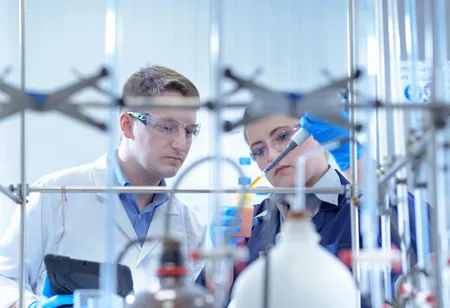Petrochemicals are the backbone of the chemical industry, powering innovation, economic growth, and technological advancements across multiple sectors.
FREMONT, CA: The petrochemical industry drives innovation, economic growth, and industrial development worldwide. Derived from petroleum and natural gas, petrochemicals are the building blocks for many products and materials integral to our modern lives. This article will explore the petrochemical's key applications and the evolving landscape that shapes their future.
Key Applications of Petrochemicals
1. Plastics: Petrochemicals are vital for producing plastics, transforming numerous industries. Plastics are used in packaging, construction materials, medical devices, automotive parts, electronics, and consumer goods. Petrochemicals provide the necessary raw materials to meet the growing global plastic demand.
2. Textiles and Fibers: Petrochemical-based fibers, such as polyester and nylon, are widely used in the textile industry. These fibers offer durability, strength, and versatility, making them suitable for clothing, home furnishings, and industrial applications.
3. Automotive and Transportation: Petrochemicals play a crucial role in the automotive sector, providing materials for vehicle components like tires, bumpers, dashboards, and interior fabrics. Additionally, petrochemicals are used in lubricants, fuels, and additives, improving vehicle performance and reducing emissions.
4. Pharmaceuticals: Petrochemicals serve as the building blocks for numerous pharmaceutical products. They are used to produce medicines, synthetic vitamins, and active pharmaceutical ingredients (APIs). Petrochemical-derived polymers also find applications in drug-delivery systems and medical devices.
5. Agrochemicals: Petrochemicals produce fertilizers, pesticides, and herbicides vital for modern agriculture. These products enhance crop yields, protect against pests and diseases, and support sustainable farming practices.
The Evolving Landscape and Future Outlook
The petrochemical industry is experiencing several notable trends that are shaping its future:
1. Sustainability and Circular Economy: As environmental concerns mount, the petrochemical industry is embracing sustainability initiatives and transitioning towards a circular economy. This involves recycling and reusing plastic waste, developing bio-based alternatives, and adopting cleaner production processes to minimize the environmental impact.
2. Technological Advancements: Innovations in petrochemical manufacturing processes, such as advanced catalysts and process optimization, are enhancing efficiency, reducing energy consumption, and lowering carbon emissions. Additionally, research is underway to develop novel feedstocks, including biomass and carbon capture technologies, to diversify the sources of petrochemical production.
3. Rising Demand in Emerging Markets: Developing economies, particularly in Asia, are experiencing rapid industrialization and urbanization, driving increased petrochemical demand. This shift is reshaping global petrochemical trade flows and prompting companies to invest in new production facilities in these regions.
4. Regulatory Landscape: Governments and regulatory bodies impose stricter regulations and standards on petrochemical production and usage. This increases emphasis on sustainable practices, reducing emissions, and developing environmentally friendly alternatives.
Conclusion
Petrochemicals are the backbone of the chemical industry, powering innovation, economic growth, and technological advancements across multiple sectors. Their versatility, widespread applications, and contribution to global supply chains underscore their vital role in our daily lives. As the industry evolves, embracing sustainability, leveraging technological advancements, and adapting to changing market dynamics will be crucial for the petrochemical sector to thrive and contribute positively to a sustainable future.

